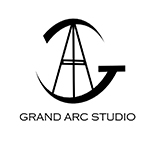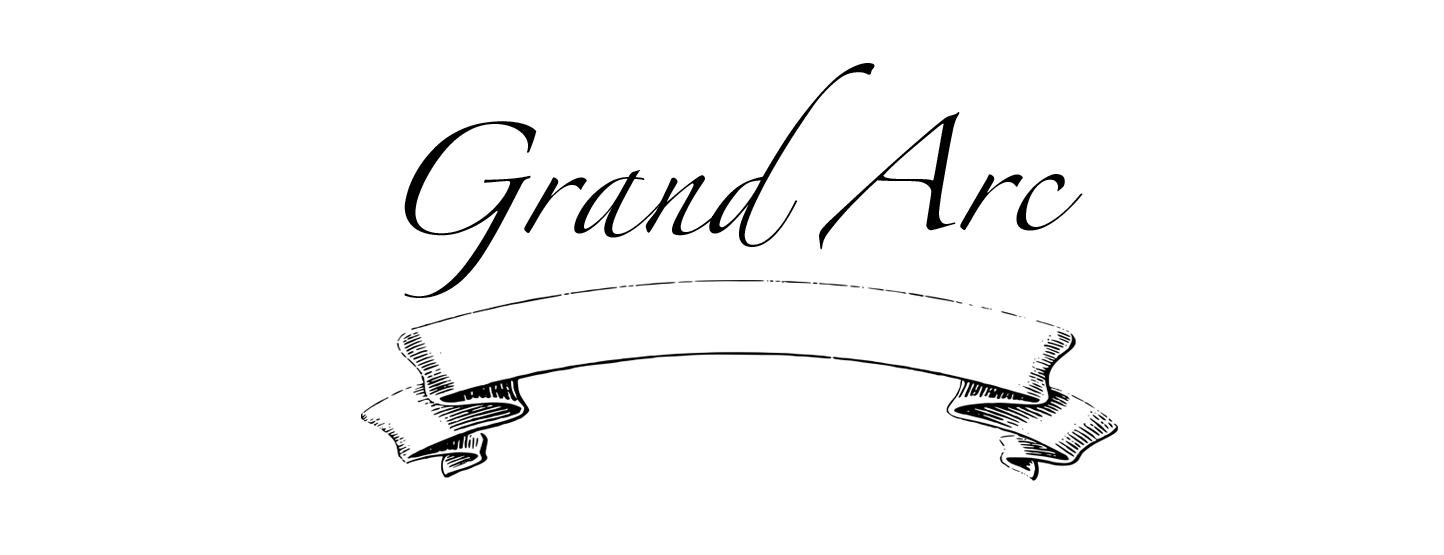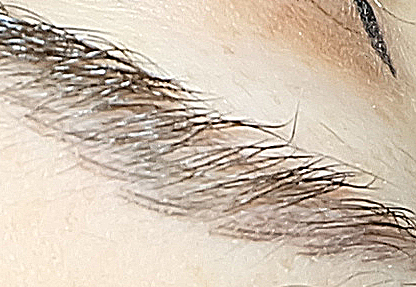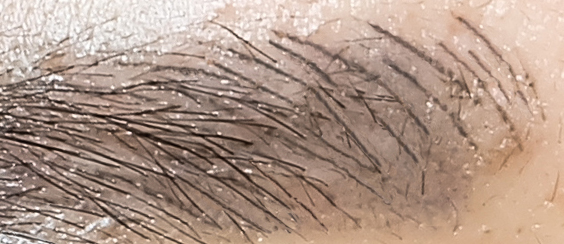Eyebrow Procedure
FAQ
This section will be updated periodically with new commonly asked questions.
What Is Microblading?
Microblading is a method in which a small blade made up of a row of microneedles is used to insert pigments in a form of a stroke into the skin. This method mimics the natural length and thickness of a hair stroke, resulting in a pair of perfect natural eyebrows.
Does It Hurt?
Pain tolerance differs from one person to another. Skin’s ability to absorb the anesthetic also differs from person to person. Most of the time, the feedback is that it feels like hair plucking.
- To minimize the pain, we do suggest that you try not to book during your menstrual cycle. The body is more sensitive to pain during that time.
How long does it take to heal?
Generally, it takes about 7 to 10 days for the outer skin to heal, and a full 28 days for the inner dermis to heal. The first week after the procedure is the most crucial.
Please see what to expect for Aftercare and Healing process.
Will my brows turn blue or red or green?
No. During the two sessions, we do also observe how your skin takes the pigment, your skin’s undertone, and tailor the pigment to you.
Old permanent makeup had fewer regulations on what kind of pigments should be used. Most of the time, in the past, tattoo inks are used. Body tattoo inks are not regulated with FDA cosmetic approved particles, and thus the particle size, the ingredients used, contributed to the different tones in the healed result. As well, old permanent makeup techniques went deeper into the Dermis, and the deeper you go, the more cool or blue toned it will appear.
I have previous Permanent Makeup done, what can i expect?
Depending on the the color of your previous permanent makeup, microblading may or may not be right for you. However, if you do choose microblading and you had shading done before, please note that microblading will not erase your shading. The strokes will appear on top of your shading. And it also may darken the shading underneath. See pictures below of someone without shading and someone with shading and their healed results.
The picture shows someone with shading underneath the healed strokes. Microblading will not erase the shading underneath. If you have red or blue color, microblading will correct that color back to brown and add strokes on top of your shaded brows. The strokes will show after healing, which takes 4 to 6 weeks. The strokes may be quite light in contrast after first session. This is because it is normal for the color to fade about 50%. It is after the touch up session that it will show more vibrantly.
With correction procedure, if the previous color is still dark and an undesirable hue, we will offer correction with Shading technique to correct shape and color, But microblading will not be possible.
What kind of pigments do you use?
Grand Arc uses high-quality pigments either from Germany or South Korea. Both of these pigments are tested and certified in Germany with FDA approved cosmetic particle ingredients. We chose these pigments because Europe has the strictest pigment guidelines in the Permanent Makeup Industry. This includes metal guidelines within the pigments.
Am I suitable for this procedure?
The following is not a regulation, but should be taken into consideration before booking the procedure:
- Chronic Acne
- Rosacea
- Excessively Oily Skin
The above conditions are not suitable for Microblading. Chronic Acne and Rosacea will cause easy bleeding. Blood will dilute and push the pigment out of the skin, which will cause very poor retention.
Excessively oily skin will cause strokes to blur together after healing. For this reason, Ombre or Powdered shading brows are recommended for this type of skin.
- How do I know If my Skin is Excessively Oily?
- Excessively oily skin, especially if the skin underneath is dehydrated, will create very large pores. The skin is producing more oil to compensate for the dehydration underneath the surface and the oil it creates needs to go somewhere, so the pores in the skin will grow bigger to accommodate the excess oil
If you come in and we find that you have excessively oily skin, we will recommend ombre or powdered brows instead. At that time if you insist on microblading treatment, please note the retention rate will be very poor and there is a much bigger likelihood that the strokes will blend together. And we will require a signed consent with your acknowledgment.
Are there any regulations on who can get this type of procedures done?
Yes. You must be 18 years or older.
Please also see medical conditions in Before procedure information
Microblading Vs Shading:
As noted above, microblading is where the pigment is applied stroke by stroke. Shading is when the pigment is packed into your brow area.
Think of it this way, when you make a stroke with the pencil, you can erase easier than if you color in an area with the pencil. The stroke is equivalent to Microblading, the colored in is equivalent to Shading. And time is the eraser.
Ombre Brows are when the brow area begins light, gradually getting darker towards the center, then heavily shaded in the tail. Very much like the penciled in trend you see on Instagram.
Powdered Brows are when the artist shades a light shadow evenly in the brow area. This type of brows are great for someone with a decent amount of hair, that just wants a bit of color beneath the hair, like a shadow. This gives volume and shape to the brows while keeping it looking natural.
How long will my brows last?
Microblading is considered a semi-permanent makeup procedure. This is because the insertion of the pigment is in the first layer of the dermis. Unlike shading technique, the pigment is not packed into the brow, it is concentrated on each stroke as applied by the microblade. Typically it will last between 1 to 2 years. It will start to fade between 8 to 12 months, dependent on skin type and your normal activities.
For example, if you are someone that goes into the sun often, due to the sun’s bleaching effect, it will cause the pigment to fade at a faster rate.
For Microblading, we suggest a touch up between the 6 to 12 months mark to keep it looking fresh, and at 50% off the procedure price.
For Ombré and powdered brows are types of shaded brows, the pigment will last longer, typically between 1.5 to 3 years, fading will start within 1.5-year mark. This is because the pigment is more condensed into the dermis. We suggest a touch up at between 15 to 18 months mark to keep the brow looking fresh and at 50% off the full procedure price.
How many treatments are needed?
It is very important to complete the offered two sessions (the initial session and the touch up) with a rare exception below.
The initial session will provide the full brow look, but due to healing factors being different from one person to another, when you come back for the touch up, how your brow healed will tell our artist how your skin takes the pigment. At the touch-up session, our artist will adjust their technique accordingly to fill the brows back up to the fuller set.
Usually, by 4 weeks after the initial session, your brows would have fully healed with 40 to 50% lighter in color, imperfections such as gaps are normal at this time. Do not worry, this is the reason for the touch-up session. This is where it shows us how your skin takes the pigment based on your daily activities and aftercare.
**The exception**: If you do prefer the 40 – 50% lighter look, you may want to decline the touch-up session. 90% of the time, this does not happen.
How Do I Choose The Right Artist For Me?
Each artist out there has a different style. Usually, they stick to the styles they learn during their training. So it is very important to get to know which school the artist went to and if their styles fit you.
Another thing to look for is their gallery. From their previous work, you can see an example of what they can do.
WHAT IF IM NOT SURE WHAT I WANT OR HAVE QUESTIONS AND CONCERNS?
We are happy to offer a free 15-minute consultation before booking the procedure. Our artist will assess your facial structure, the amount of hair in your eyebrow area and a few questions on what kind of results you are looking for. Based on those factors, they will recommend options to you.






